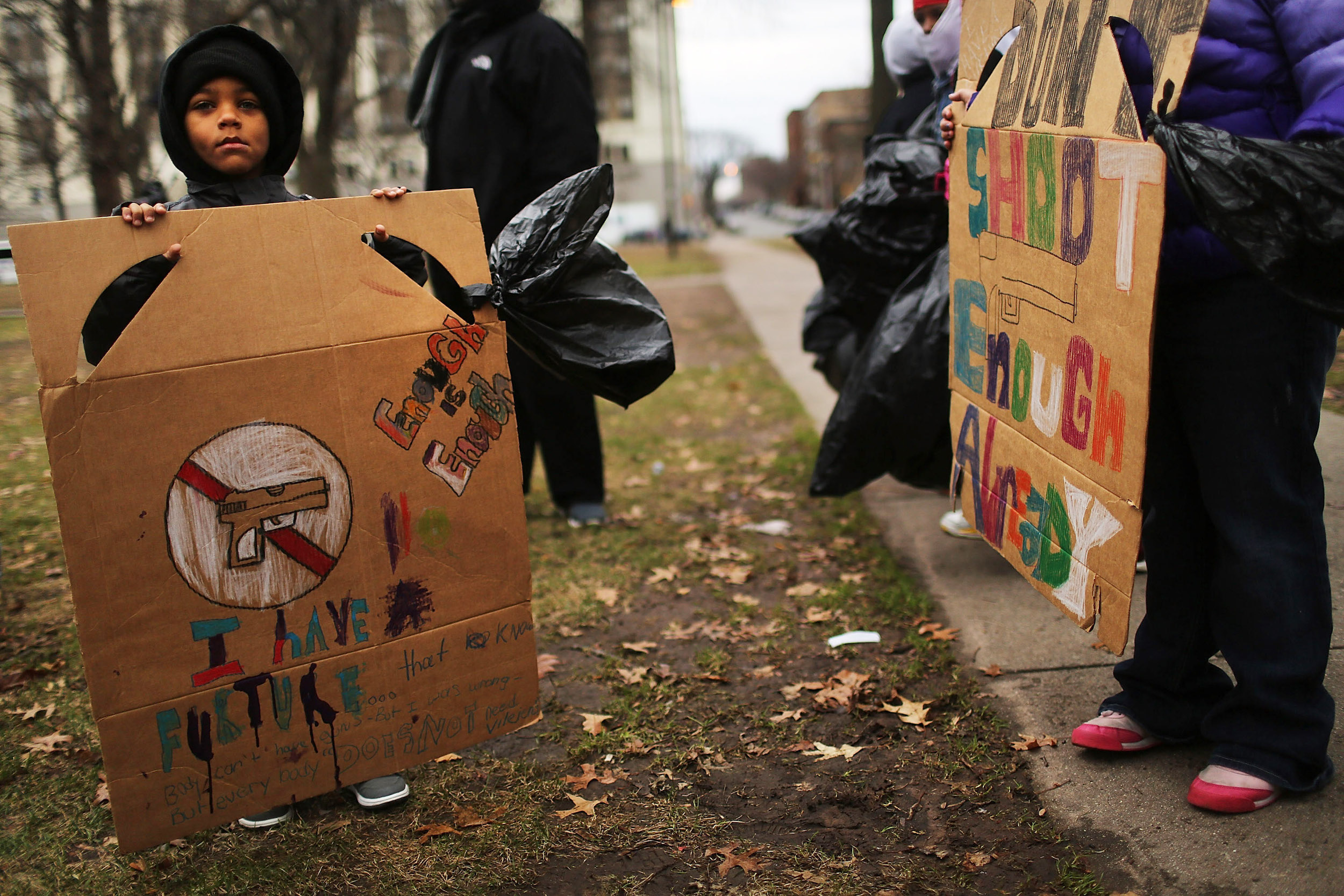In the wake of multiple police traffic stops that escalated and sometimes became deadly, advocates and lawmakers are asking whether there are better ways to keep the roads safe. Sarah Seo has given this some thought. Her book, Policing the Open Road: How Cars Transformed American Freedom, examines the complicated history of traffic enforcement in America, and explains how police power expanded on the roads over time, and the problems that control can cause. She talked to The Trace about her research, and shared her thoughts about possible solutions. The conversation has been edited for clarity.

AG: We have been following news of the tragic shooting of Daunte Wright — a 20-year-old Black man whom police pulled over for expired registration tags outside Minneapolis. Your book helps us understand how we got to a point where a minor traffic stop can so easily end in violence. Can you start from the beginning? How did the job of enforcing traffic first fall to police?
SS: When cars started to be mass produced a century ago, suddenly a lot of people could own and drive them. This created chaos on streets and highways. There were a lot of traffic fatalities, accidents, and property damage. But even when it didn’t get into those worst case scenarios, there was a lot of traffic on streets that was unmanageable. Local governments throughout the country enacted laws to manage that traffic. The problem was, everybody at some point violated those laws. So it quickly became the job of police officers to enforce them.
AG: Wasn’t there some debate at first about whether police officers were the right people to do this job [of managing traffic]?
SS: There was. Interestingly it was the police professionals who wanted to focus the police on fighting crime, and they didn’t think traffic enforcement fell within that definition. They thought enforcing traffic would distract them from their main job of keeping order, pursuing criminals. But their position did not win out.
AG: This was all happening around the same time as Prohibition, when bootleggers were using their cars to transport liquor. That’s when questions started to arise about whether police needed a warrant to search a car, right?
SS: Previously, a warrant had been required to search a house for criminal evidence, and a warrant had been required to make an arrest, which is a seizure of a person. But when police officers wanted to stop and search a car, they didn’t have time to get a warrant. In 1925, the Supreme Court decided a case called Carroll v. The United States, now known as the “automobile exception” because it made an exception to the warrant requirement for cars. So, if an officer has probable cause that there’s evidence of a crime inside the car, they don’t need to get a warrant to stop the car and search it.
This is a really important decision because it allows a police officer, rather than a neutral judge, to decide whether there’s probable cause to do a search. So over time we start seeing the Fourth Amendment [which prohibits unreasonable searches and seizures] become more and more amenable to police discretion.
AG: I was surprised to learn that that same court case that led to the “automobile exception” was also a precursor to stop-and-frisk, [the controversial police practice of stopping, questioning, and sometimes searching civilians on the street]
SS: Yes. Before 1968, all searches and seizures required probable cause. But what the Supreme Court did in 1968 was to allow a lesser form of a search and seizure called a stop-and-frisk and to meet a lesser standard, reasonable suspicion, rather than probable cause. And the court relied on the Carroll case to do it.
AG: We know that Black drivers are more likely than white drivers to be targeted for traffic stops. Can you explain how this developed through history?
SS: In the beginning, not many Black people owned and drove cars. The problem of enforcing traffic laws was really a problem of managing white people.
Black people began to own and drive cars in greater numbers in the 1930s. The Green Book, which is the guidebook for Black motorists, was first published in 1936. When I looked through the NAACP archives for letters complaining about traffic police, they started in that same year. So as soon as Black Americans start driving, they’re experiencing abusive policing on the roads.
In his book Locking Up Our Own, Yale Law Professor James Foreman tells the history of how African-American leaders in the 1970s called for [police to pull over motorists for minor traffic violations and then investigate for more serious crime], because they worried about the gun violence in their own communities. But they didn’t know it would be used to look for small amounts of drugs, and that it would greatly expand beyond what they had thought and lead to what we know today as mass incarceration.
A big turning point in this history is the War on Drugs in the ‘80s. When the Drug Enforcement Agency (DEA) partnered with state police and local law enforcement agencies to combat drug trafficking, they institutionalized a practice of racial profiling. They relied upon what they called a drug courier profile. That profile had racially inflected stereotypes like somebody with dreadlocks, somebody who wears lots of gold jewelry. And the DEA also published information sheets to share with law enforcement about drug traffickers coming from particular countries, or being of particular ethnicities. So the racial profiling becomes institutionalized in the War on Drugs.
AG: You have some ideas about ways we could improve traffic enforcement to mitigate racial bias. What are those?
SS: One is to automate traffic enforcement with things like speed cameras and red light cameras. The common thread is to remove human enforcement of traffic laws. Many police departments already use automated license plate readers to capture an image of the license plate, and pull up information like registration information and even arrest records or outstanding warrants. Right now, many departments use this information to pull people over. But rather than having police officers use that equipment to pull people over on the side of the road, they could download that data and have government officials in an office mail notices to people. You could handle it as paperwork rather than as a traffic stop.
The second idea is to invest in better design of streets and highways to encourage safe driving rather than through laws that require human enforcement.
The third is to transfer enforcement of civil traffic infractions to an unarmed non-police agency. [The city government of] Berkeley, California, right now is looking into the idea of transferring traffic law enforcement to a non-police agency like the Department of Transportation. They are in the study phase. Historically, it would be really great if they were the first to do this. They were the first agency to put their police officers in patrol cars in 1913, so this would be a neat way for them to come full circle. And they are not the only ones. There are talks underway in other places as well.
